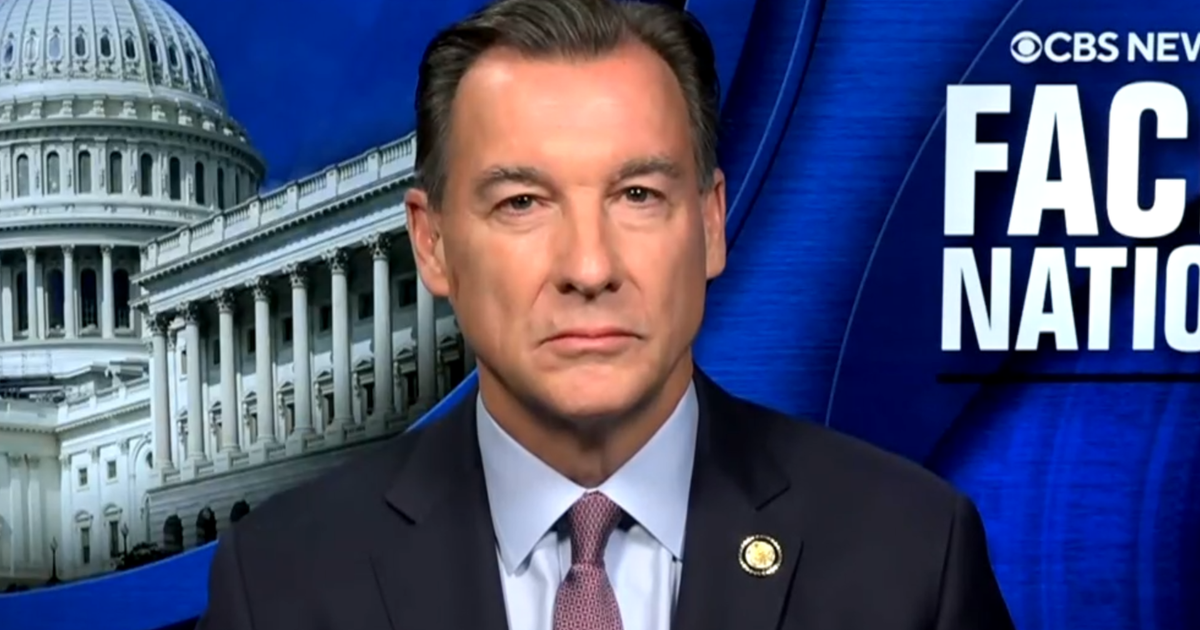
As the Dalai Lama built a nation in exile after fleeing Chinese persecution in the 1950s, the young leader pinned its survival on an idea that had long fascinated him: democracy.
It was part natural inclination, part strategy.
On visits to neighboring India, he had been charmed by its nascent republic’s culture of open debate. He also knew that too much power had been vested in one man as both the spiritual and political leader of Tibet.
So, over the decades, he gradually devolved his own power to an elected Parliament based in the Indian Himalayas, and then retired his political role completely in 2011. Creating a robust structure not dependent on a single leader, he believed, according to senior monks and officials close to him, would help exiled Tibetans withstand Beijing’s efforts to crush their movement for freedom and autonomy.

“The rule by kings and religious figures is outdated,” the Dalai Lama, who celebrates his 90th birthday on Sunday, said the year he gave up his political role. “We have to follow the trend of the free world, which is that of democracy.”
This past week, the Dalai Lama seemed to rule out the unorthodox ideas he had suggested over the years to prevent the Chinese government from meddling in the process of finding a successor in the vacuum after his death. He reaffirmed his commitment to traditional practices, while declaring that his office had sole authority over them.
That all but guarantees a dispute, analysts say, with the prospect of two Dalai Lamas — one promoted by Beijing and the other recognized by the Dalai Lama’s office in exile.
The institutionalized democracy entrenched by the Dalai Lama was built for this moment.
Since 2011, Tibetan exiles — who number around 140,000, half of them in India — have chosen a president through a direct vote held across refugee settlements in India and in small diaspora pockets around the world.
The president, known as the sikyong, leads a shoestring administration that oversees schools, clinics, monasteries and even agricultural cooperatives and old-age homes.


This democracy, constructed over more than half a century, may be the most vivid legacy of the Dalai Lama’s modernizing efforts to preserve Tibetan traditions abroad while resisting Chinese influence.
“The political system of governance, the struggle, the same democratic system will continue even in the interregnum,” Penpa Tsering, the president of the Tibetan government in exile, said this past week, referring to the period after a Dalai Lama dies and his reincarnation is found and groomed for the role.
While the spiritual leader has tried to forge a resilient administration, China will have levers to pull with India and the United States, two of the strongest supporters of the Dalai Lama’s seven-decade cause, to try to dry out their support.
The exile government’s vulnerability became clear this year when the Trump administration froze aid as part of global cuts. About a quarter of the annual $40 million budget for the government in exile comes from the United States.


Mr. Tsering said the exile administration had recently managed to persuade the U.S. government to lift the freeze on a large share of the money.
“It does affect the momentum of the work we have set in — we lost six months,” he said.
India is also keeping its options open, dealing with the issue delicately in recent years so as not to deepen trouble with China.
New Delhi has formally recognized Tibet as part of Chinese territory. After the Dalai Lama’s announcement about his reincarnation, an Indian minister announced support for that position.
But he later clarified his statement as something he had expressed as a fellow Buddhist, and not in his capacity as a representative of the Indian government. India’s foreign ministry issued a statement saying it wasn’t taking a position on the matter.
During visits to two of the largest Tibetan settlements in India — in Dharamsala, where the government in exile is based, and in Bylakuppe, in southern India — the anxiety over a transition after the Dalai Lama was evident.
Tenzin Jigdal, a member of the Tibetan Parliament in exile, said he had been calling for a careful analysis of possible vulnerabilities.
“How prepared are we for the coming years, in post-Dalai Lama scenario?” he said on the sidelines of a parliamentary session in Dharamsala in September. “If you see this inevitability in advance, the least you can do is you can prepare in advance.”
The Parliament, with an array of groupings and factions, has come a long way since it held its first sessions under a tree months after the Dalai Lama became a refugee.


Its 45 members meet twice a year — once in the spring to approve a budget and once in the fall to hear the government’s performance report. Except for nearly a dozen standing committee leaders who stay in Dharamsala, most of the members have other jobs during the year, and some come from as far as Europe and North America.
During the session in September, as the lawmakers filed into the small hall, they bowed to a large portrait of the Dalai Lama before taking their seats for the day’s proceedings. He also loomed large over the debate.
Mr. Tsering, the president, was presenting the report on the performance of his government’s cultural and religious activities. He read for nearly half an hour, page after page, as many members tried to stay alert with the help of the tea in front of them.
Outside, under a tent erected on a basketball court, a couple of hundred refugees seated in red plastic chairs closely followed the proceedings. They cheered and clapped when they were in agreement with a speaker.


During a question-and-answer session, one opposition lawmaker tried to score a jab. The Dalai Lama had just undergone knee replacement surgery in New York. Why had the president disturbed his rest by visiting him, she asked.
The crowd under the tent booed and jeered. It was a low blow.
Mr. Tsering and other officials said that while the administration was focused on the delivery of services, its overarching mission remained the preservation of Tibetan culture, language and traditions that are being wiped out in their homeland by the Chinese Communist Party.
That work has become harder as Tibetan refugees, now in their third generation, have spread out over about two dozen countries. Connections to the homeland are waning. And the Dalai Lama, their unifying symbol, has reduced his travels and engagements as he has aged.
“In India, the Tibetan community is large, so we don’t face any problem in preserving culture,” said Jigme Namgyal, the education secretary in the government in exile. “But in the West, Tibetans are scattered, so it’s a bit challenging. But what we do is in all the Tibetan communities in the West, we have weekend schools.”
The challenges of migration and demographic change were most visible in the Tibetan settlements in Bylakuppe, in the south Indian state of Karnataka.
More than 5,000 residents live in the settlements, as well as thousands of monks who flow through the monasteries. The exile government has two senior settlement officers who oversee the delivery of services with the help of a staff of nearly 200. The refugees run shops and restaurants, and often hire local labor.
“Our death rate is higher than our birthrate. People are also migrating out of India,” said Sonam Yougyai, 55, a hospital administrator. “You go inside the house, and you only find old people.”


At the Sambhota Tibetan Primary School, classes were sparsely attended. The school has 49 students from grades 1 to 5. They are taught the Tibetan language, English, environmental sciences, math and arts.
Sherab Wangmo, 34, the school’s head teacher, said that in addition to teaching the students language and culture, they are shown videos to remind them of how they became refugees.
She, like a majority of the diaspora population, was born outside Tibet and has never seen her homeland.
“Through dance and songs, we teach them about the Tibetan rivers,” she said. “We also teach them through songs and dances that good days will come one day and we will go back to our homeland.”

Mujib Mashal reported from Dharamsala and Hari Kumar from Dharamsala and Bylakuppe.







-3.png)



